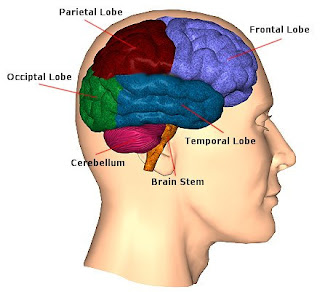Edward Thorndike:
1. Explain Thorndike's puzzle-box experiment.
1. Explain Thorndike's puzzle-box experiment.
Edward Thorndike put a cat in a puzzle box. Outside there was food so the cat had to figure out how to open the box so it could reach the food.
2. Explain Thorndike's "Law of Effect".
2. Explain Thorndike's "Law of Effect".
The law of effect is when a result from something is good, the individual is more likely to repeat it.
3. Explain Thorndike's "Law of Exercise".
The stimulus and the response are related with each other more frequently the response is followed by the stimulus. This is that no one can learn by only watching it is better if the individual can practice the skill.
3. Explain Thorndike's "Law of Exercise".
The stimulus and the response are related with each other more frequently the response is followed by the stimulus. This is that no one can learn by only watching it is better if the individual can practice the skill.
B.F. Skinner:
1. Explain Skinner's concept of Operant Conditioning
a method of learning that comes with rewards and punishing.
1. Explain Skinner's concept of Operant Conditioning
a method of learning that comes with rewards and punishing.
2. What does reinforcement always do?
Helps behavior increase.
3. What does a punishment always do?
It strengthens the behavior positively or negatively
3. What does a punishment always do?
It strengthens the behavior positively or negatively
4. Explain the difference between "postive" and "negative" as they are used in opernat conditioning.
Positive reinforcement is when something is given, and negative reinforcement is when something is taken.
WORKS CITED
http://psychology.about.com/od/behavioralpsychology/a/introopcond.htm
http://www.answers.com/topic/law-of-exercise









